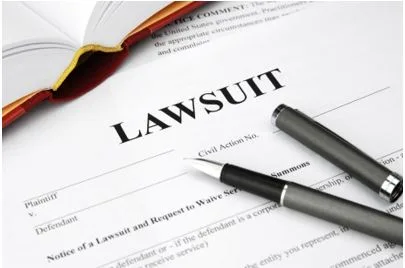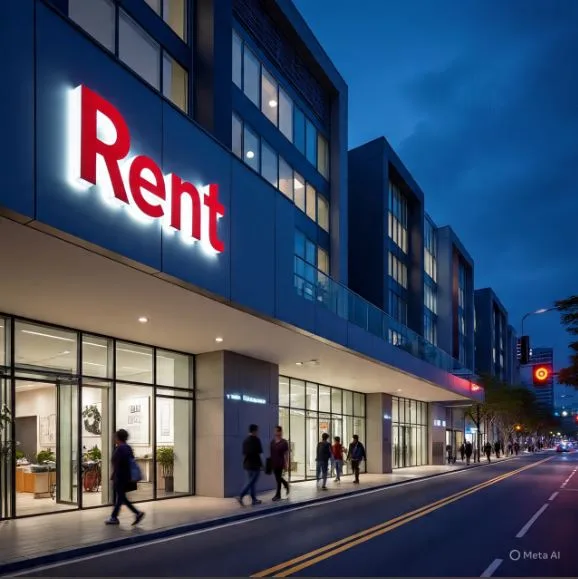Has Ashcroft Capital Responded Or Accepted Liability
A group of investors filed a complaint against Ashcroft Legacy Funds and related entities in the U.S. District Court for the District of New Jersey on February 12, 2025.
The lawsuit, titled Cautero v. Ashcroft Legacy Funds, LLC, alleges investor losses of roughly eighteen million dollars, citing misrepresentation of projected returns and breaches of fiduciary duty. Ashcroft Capital has responded to the litigation but has denied all allegations and has not accepted liability, with the case still active under the Ashcroft Capital Lawsuit.
Since the filing, the litigation has moved into pretrial phases such as motions and discovery. Plaintiffs are seeking documents and evidence while Ashcroft is defending the claims. At this point, no court judgment or public settlement admitting liability has been announced.
How Ashcroft Capital has responded
Public reports and case summaries show two clear elements of Ashcroft Capital’s response:
- Denial of wrongdoing
Ashcroft Capital has denied the allegations and described the lawsuit as without merit. The firm maintains that it provided all required disclosures to investors. - Active litigation defense
The case docket indicates that the matter is progressing through the federal process, including responsive pleadings and discovery. This confirms that the company is defending itself in court rather than moving toward a liability settlement.
Together, these details indicate that Ashcroft is actively defending the case and has not admitted any fault. No public filings or court orders show an admission of liability at this stage.
Why an admission of liability is unlikely at this stage
There are a few practical reasons defendants in investor lawsuits rarely accept liability early on:
- Settlements without admission
Many cases resolve through settlements that explicitly deny liability while ending the dispute to avoid lengthy litigation. - Strategic defense
Defendants often pursue motions to dismiss or reduce claims before considering a settlement. - Reputation and regulatory risk
Admitting liability could trigger regulatory scrutiny and harm relationships with investors and lenders, so firms typically deny claims until proven otherwise.
These factors align with Ashcroft’s current stance — denial of wrongdoing and active participation in the defense process.
What to watch next
If you’re tracking whether Ashcroft Capital has accepted liability, watch for these indicators:
- A filed settlement agreement or court order acknowledging liability
- An official press release admitting responsibility or announcing damages
- A court ruling or judgment entered against Ashcroft following trial
As of now, none of these have occurred, meaning Ashcroft has not accepted liability.
Practical guidance for investors and observers
If you’re an investor or stakeholder, consider the following steps:
- Review official documents
Access the complaint and defendant responses through the federal court docket. - Request updates
Ask Ashcroft for investor communications or fund updates. - Consult legal counsel
A securities attorney can explain your rights and potential remedies. - Monitor progress
The court docket will show any settlement, dismissal, or judgment as it happens.
Bottom line
Ashcroft Capital has denied the allegations made against it and continues to defend itself in court. There is no public record or legal filing suggesting that the company has accepted liability. The lawsuit remains active, and any future updates will come from official court proceedings or public statements from the involved parties.





